This essay discusses the movement to abandon medical terminology named after Nazi supporters. I learned about it from requests to make changes to our free pathology textbook in the past (see Website News #2) and recently.
According to an article in Scientific American:
In 1977, a group of doctors began a campaign to change the name of an inflammatory arthritis after discovering it was named after a Nazi doctor who planned and performed gruesome forced human experimentation that killed thousands. In one of these experiments, for example, Hans Conrad Julius Reiter inoculated Buchenwald concentration camp inmates with the microbe causing typhus, resulting in the deaths of over 250 people. The inflammatory arthritis then known as “Reiter’s syndrome,” the group of doctors suggested, should change its name to “reactive arthritis.”
Another popular eponym was Wegener’s granulomatosis, now called granulomatosis with polyangiitis (GPA). It appears to be a hypersensitivity reaction that usually affects the lungs, kidneys, ears, skin and other sites.
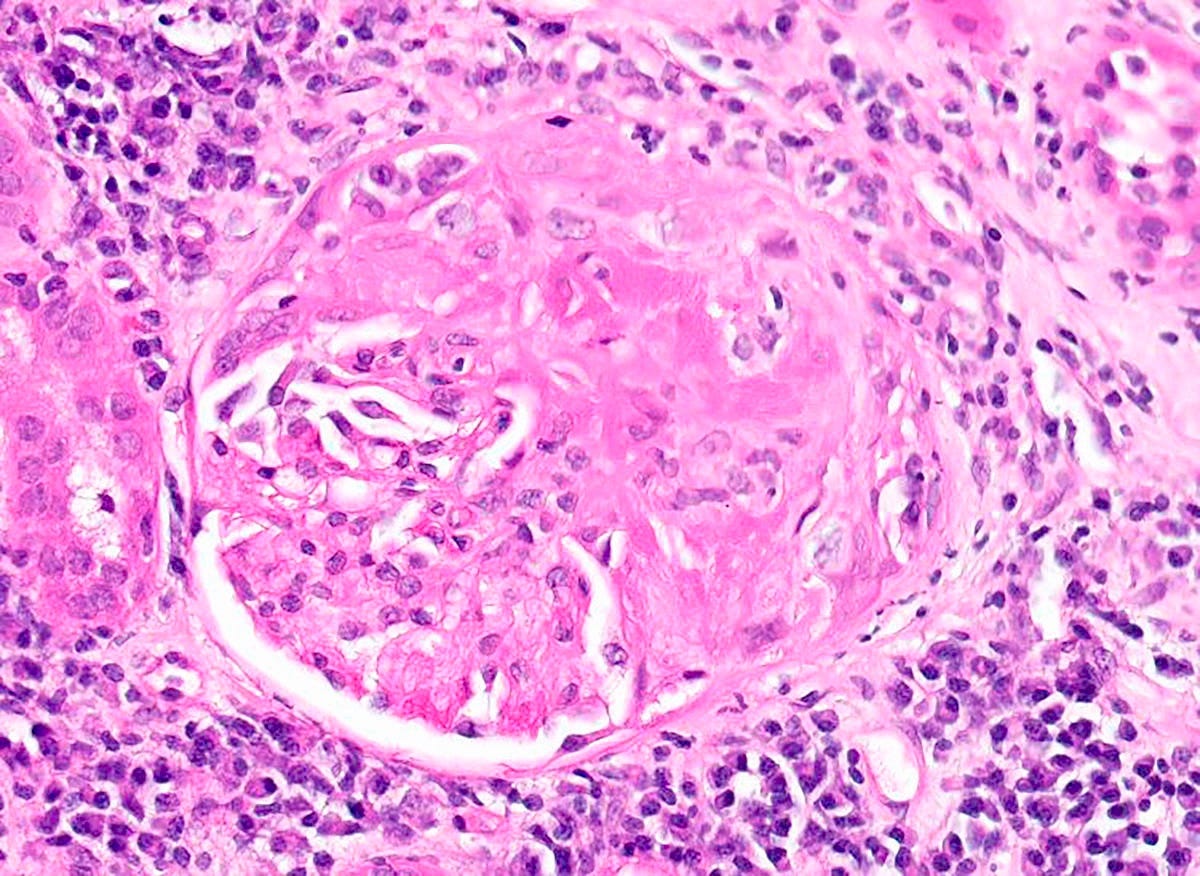
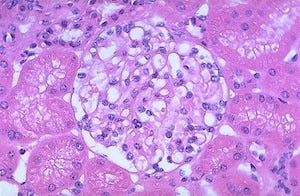
Friedrich Wegener was a German pathologist.
Wegener joined the Nazi Party in 1932.[1] Specifically, he was a member of the Sturmabteilung, a paramilitary branch of the Nazi party that participated in violent conflicts.[4] As a relatively high-ranking military physician, he spent some of World War II in a medical office three blocks from the Łódź Ghetto, a Jewish ghetto in Łódź, Poland.[1] He conducted autopsies on Jewish concentration camp inmates and the facility he worked in performed experiments on prisoners.[1][4] There is no direct evidence of active participation of Wegener in these human experiments, but it is likely he was aware of them.[5][6] The United Nations War Crimes Commission had a legal mandate against Friedrich Wegener and the Polish Institute for the Prosecution of German War Crimes confirmed that he had appeared on the central list of war criminal and security suspects.[5] Wegener was released without a trial as no charges were brought against him.[7] In an editorial in 2006 the evidence was regarded as “thin but tangible."[8]
The Clara cell, now called the club cell, was named for Max Clara. In 1937, he described a new secretory cell type in the human bronchial epithelium. The club cell appears in the lungs where it plays a key role in lung remodeling, secretes surfactant and repairs airway epithelium.

Max Clara was an active Nazi.
Right after becoming a member of the Nazi Party in 1935, he became the director of the Institute of Anatomy in Leipzig. In 1936, he became the leader of the local Nationalsozialistischer Deutscher Dozentenbund (National Socialist German University Lecturers League) at Leipzig University. In 1937 he described a new secretory cell type in the human bronchial epithelium, which later was designated as the "Clara cell".
The material on which the study was taken was from executed prisoners and between 1935 and 1945 he published 9 papers using these tissues. It is also known that Clara experimented with living prisoners: in 1943, he asked the Munich Stadelheim prison to provide him with the bodies of the executed prisoners, and to add specific quantities of vitamin C into the food of prisoners who were to be executed.[1]
Asperger syndrome, a form of Autism Spectrum Disorder, is named for Johann Friedrich Karl Asperger, an Austrian psychiatrist.
Asperger managed to accommodate himself to the Nazi regime and was rewarded for his affirmations of loyalty with career opportunities. He joined several organizations affiliated with the NSDAP [National Socialist German Workers' Party] (although not the Nazi party itself), publicly legitimized race hygiene policies including forced sterilizations and, on several occasions, actively cooperated with the child ‘euthanasia’ program. The language he employed to diagnose his patients was often remarkably harsh (even in comparison with assessments written by the staff at Vienna’s notorious Spiegelgrund ‘euthanasia’ institution), belying the notion that he tried to protect the children under his care by embellishing their diagnoses. Source
Hans Joachim Scherer described features of glioblastoma multiforme (GBM) and secondary features of central nervous system tumor growth in general called “secondary structures of Scherer”, with no alternative name offered to date.
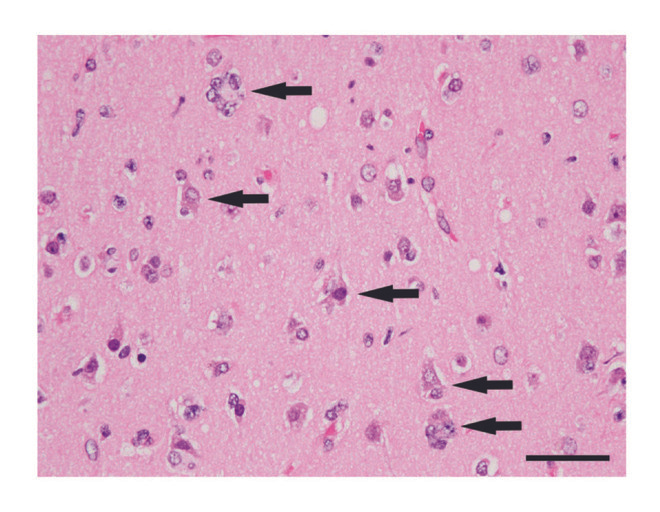
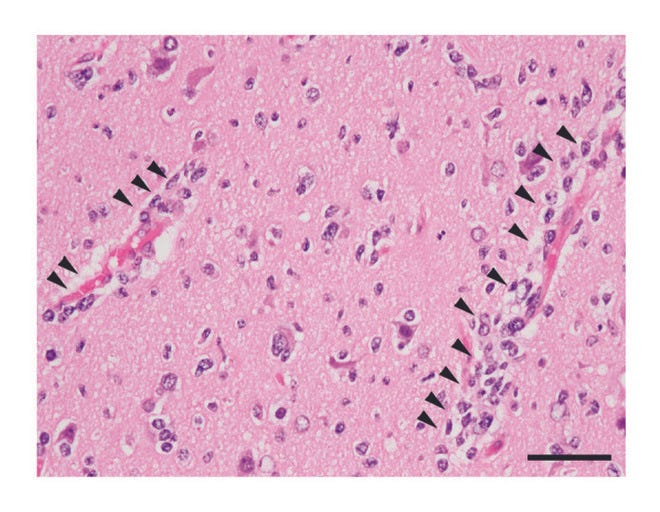
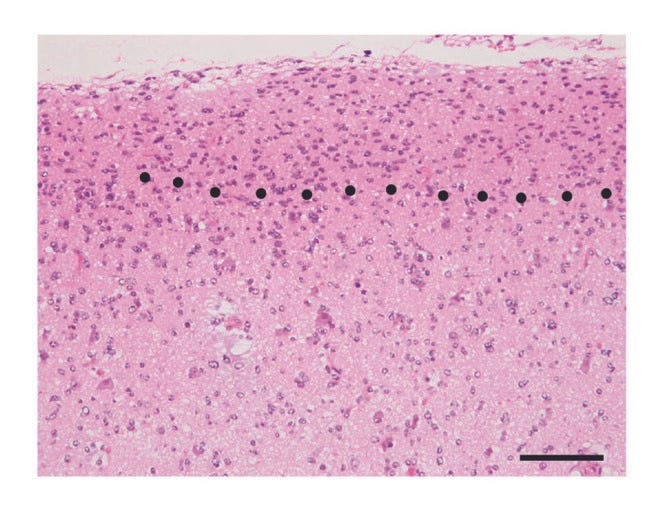
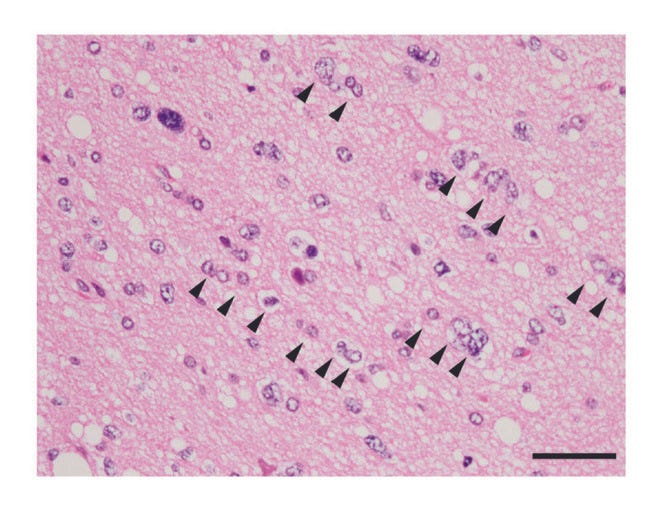
Image source
From March 1942 he [Scherer] worked at the Neuropathological Laboratory of the Neurological Research Institute under Viktor von Weizsäcker at the University of Breslau . There he examined the brains and spinal cords of children who had been murdered in the children's department of the Loben sanatorium and nursing home, using brain pathology and histology for "research purposes".
He was considered by some “a willing accomplice in the murderous euthanasia program”.
Other eponyms, also here, are rare and unknown to me.
In some cases, the scientists, although working under Nazi rule, did not cause harm directly but used patient material that was clearly obtained through evil actions.
Perhaps they could have refused, at potentially great risk to their own lives. Is it realistic to expect people to risk their lives in these circumstances? What would you do? How willing are you to make changes in your life to oppose evil?
—
Index to Nat’s Substack articles
If you like these essays, please share them with others.
Follow me on Substack or LinkedIn or through our Curing Cancer Newsletter.
Follow our Curing Cancer Network on LinkedIn and Twitter. Twice a week we post interesting cancer related images of malignancies with diagnoses.
Latest versions of our cancer related documents:
American Code Against Cancer (how you can prevent cancer)
Email me at Nat@PathologyOutlines.com - unfortunately, I cannot provide medical advice.
I also publish Notes at https://substack.com/note. Subscribers will automatically see my notes.




I salute you for highlighting these changes, to remove abominable people’s name.
Bernie named lesions like Spitz Nevus, Clark’s nevus to give credit to Sophie Spitz and Clark respectively as they described the lesions.